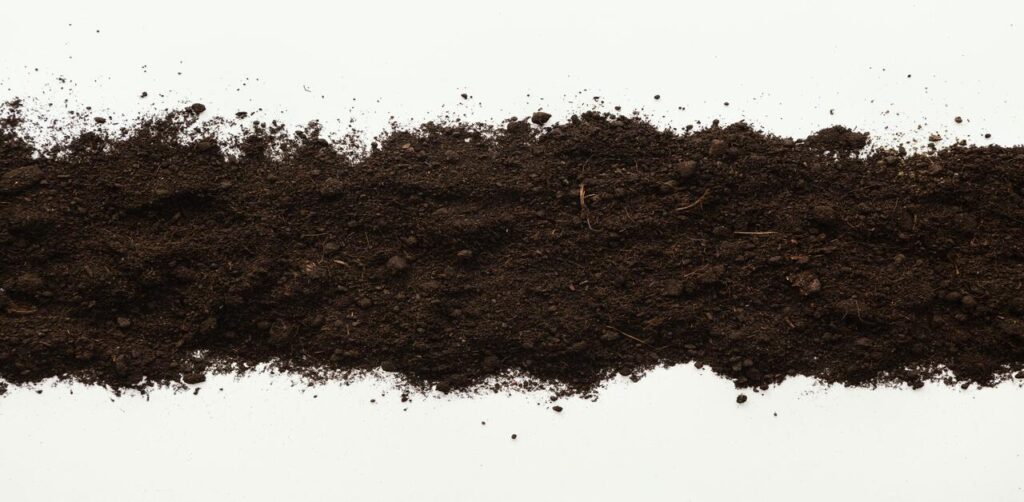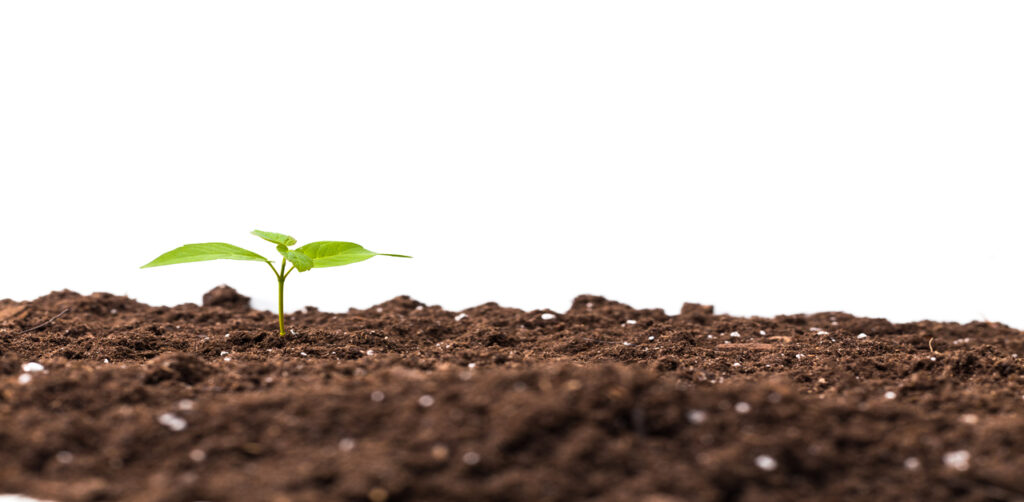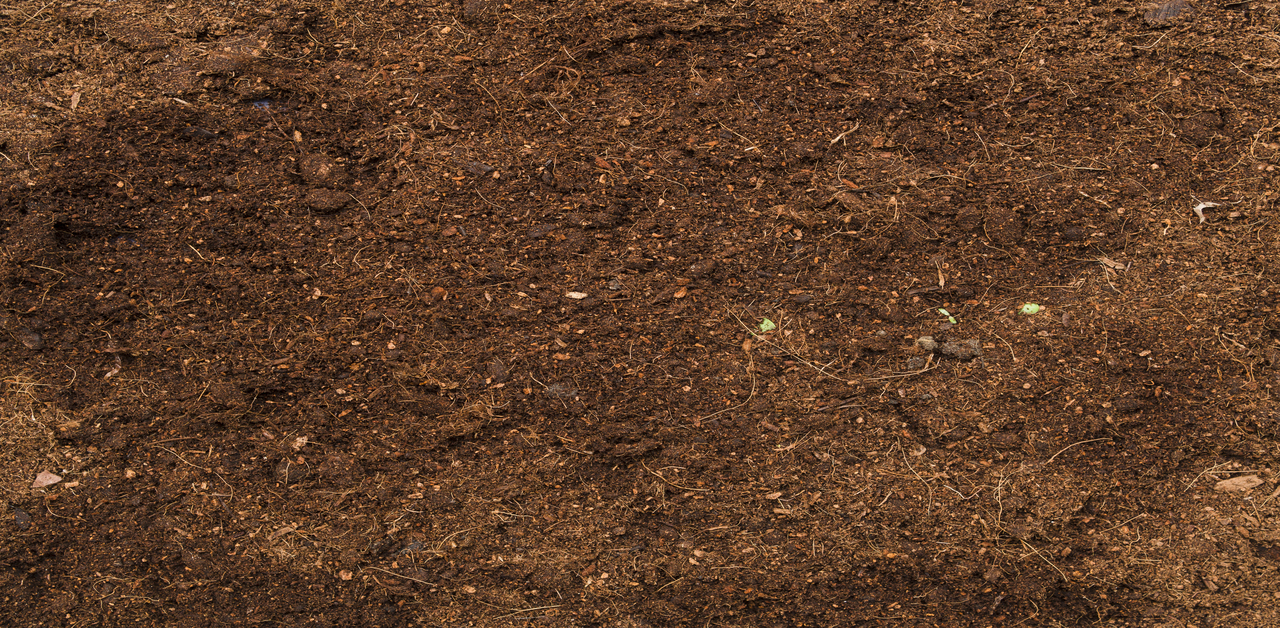Peaty soil, one of the rare and precious types of soil, plays a significant role in both agricultural and environmental science. The slow deposition of plant materials in waterlogged conditions over thousands of years has resulted in the formation of this type of wetland soil, which is rich in organic matter.
It is characterized by its dark color, spongy texture, and acidity.
However, the most significant role of peaty soil is its support for biodiversity, its contribution to regulating water distribution, and its status as a significant carbon sink.
The origin of this soil, its characteristics, advantages, and drawbacks, as well as its significance for ecological equilibrium, are discussed in this article.
Table of Contents
Formation of Peaty Soil
It develops when organic matter decomposes poorly due to the abundance of plant debris. Swamps, marshes, bogs, and fens, where the water flows slowly and rarely dries up and is cool and damp, produce more dead plant matter than can decay.
Microbial activity decreases in the absence of oxygen, resulting in the accumulation of partially decomposed matter.
Over millennia, this accumulation is converted into peat, into massive sheets of dense, dark, fibrous, high-organic-content soil.
If you want to purchase the book “Sapiens: A Brief History of Humankind,” then you can visit here.

Characteristics of Peaty Soil
Peaty soil is distinct from other types of soil due to a few unique characteristics:
1. Large quantity of organic matter content: Peaty soil possesses 20-90 percent organic matter, consisting primarily of dead vegetation, which makes the soil soft and crumbly.
2. Color: A large amount of organic material imparts a dark brown to black color to peaty soil.
3. Water Retention: Because of its fibrous nature, peaty soil tends to be either wet or spongy when touched. This is because peaty soil holds a lot of water.
4. Acidic nature: The pH of the soils is naturally low, ranging from 3.5 to 5.5, which can affect plant growth and microbial activity.
5. Low nutrient level: Although the peaty soil contains a high amount of organic matter, it sometimes contains low levels of other nutrients such as nitrogen, potassium, and phosphorus.
6. Cool temperature: Peat is wet, and this makes it cool; this may slow the germination of seeds in cold climates.
Distribution of Peaty Soil
Most of the time, the peaty soils are found in areas of the world with a lot of rain and water.
The majority of them can be found in India:
Kerala (Kuttanad region)
Tamil Nadu (Nilgiris)
West Bengal’s Sundarbans, Assam, and some regions in the northeastern states
According to the extent of the presence of peat in countries all over the world, there is a vast coverage of peat in countries such as Finland, Ireland, Canada, Russia, and Indonesia.
To be precise, the global cover of the land surface area of peatlands is about 3 percent of the landmass of the Earth, yet it contains more carbon than all the forests of the world.
If you want to read an article about all types of soil in detail, you can click on peaty soil.

Uses of Peaty Soil in Agriculture
Despite its difficulty, peaty soil is agriculturally available and can be utilized provided management is conducted appropriately. The fact that it retains water is a blessing to the crops during the dry times.
However, the soil needs to be amended with drainage, liming, and fertilizers.
Plants that thrive in peaty soil include rice (especially in areas with a lot of water).
Potatoes and vegetables like carrots, celery, and lettuce (once the soil has been improved),
Blueberries and cranberries, and other grazing grasses, particularly in reclaimed peatlands.
Farmers typically combine peat soils with sand or loam to improve drainage and reduce acidity. Adding lime and fertilizers also enhances crop productivity.
Environmental Importance
Peaty soil holds immense ecological significance:
1. Carbon storage: Peatland is one of the largest carbon stores in the world. They contain approximately 500 gigatons of carbon, which is twice as much as the world’s forests.
2. Flood Control: Because peatlands are spongy, they take in rainwater and prevent flooding downstream.
3. Habitat to Biodiversity: Various flora and a large portion of fauna flourish due to the presence of wetlands and bogs that are rich in peat. There are numerous rare and endangered species as well.
4. Water Purification: The peaty wetlands serve as natural filters and trap pollutants, and clean up the water.
Challenges
Despite its benefits, peaty soil faces several challenges:
1. Drainage in Agriculture: Farmland over-drainage causes peat to oxidize, releasing carbon dioxide, a byproduct of carbon sequestration, into the atmosphere.
2. Peat Extraction: Peat extraction destroys the ecosystem and causes greenhouse gases to be emitted, since in most regions of the world, peat is harvested as a source of fuel or soil conditioner.
3. Fires: Peatlands that have been drained are also easy to set on fire, particularly in tropical regions such as Indonesia. Peat fires can hardly be extinguished, and they lead to intense air pollution.
4. Subsidence: The land subsides as it gets degraded or harvested, and peat is turned into land unfit for use, causing permanent damage.

Sustainable Solutions for Peaty Soil
To maintain peaty soils for the coming generations, there is a need to implement sustainable practices:
1. Rewetting Drained Peatlands: Lowering carbon emissions and regaining ecological functions can be accomplished by reclaiming the water level.
2. Promoting Paludiculture: Paludiculture is the cultivation of crops in a wet environment without peatland drainage. It involves the cultivation of wetland-friendly plants such as reeds, cattails, and mosses.
3. Regulated Peat Harvesting: When peat must be harvested, it should be done in a controlled and environmentally friendly manner with a subsequent restoration.
This is to ensure there is public awareness and policy support regarding the need to conserve the peatland, with governments and environmental organizations advocating this by creating policies, educating the masses, and involving them in the process.
Conclusion
Although peaty soil isn’t as common as other types of soil, farming and the environment greatly benefit from it.
Due to its abundance of organic matter, water-holding capacity, and ecological significance, it is a very important resource.
However, these valuable peatlands face a significant threat from irresponsible use and climate change.
We can make them the foundation of biodiversity, carbon storage, and human and planetary benefit generation by moving to low-impact land use and acknowledging these soil types to be important.

